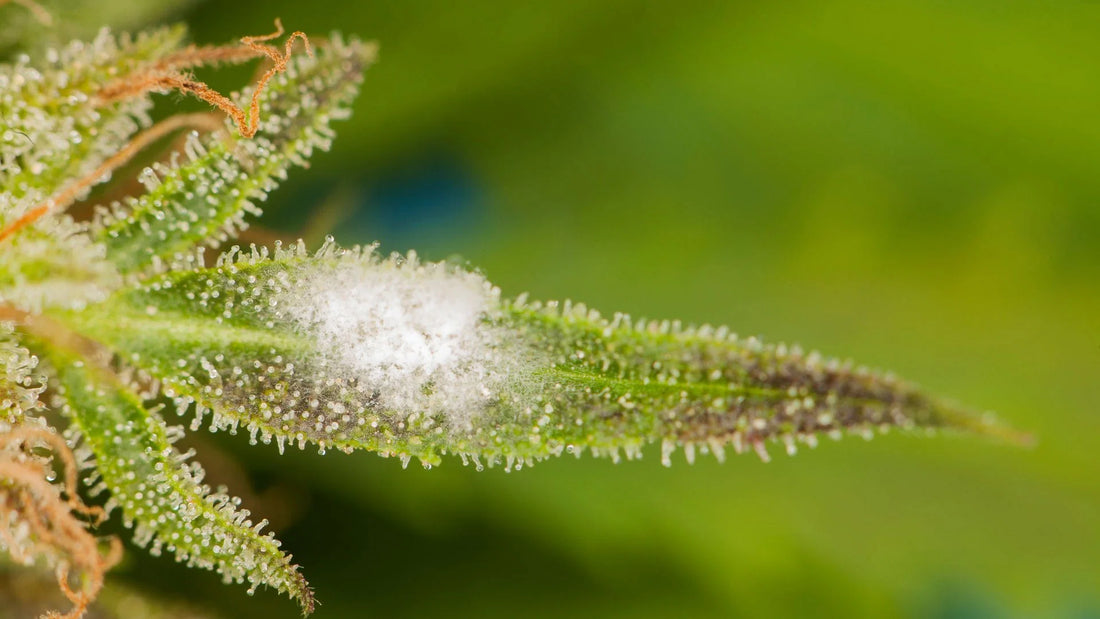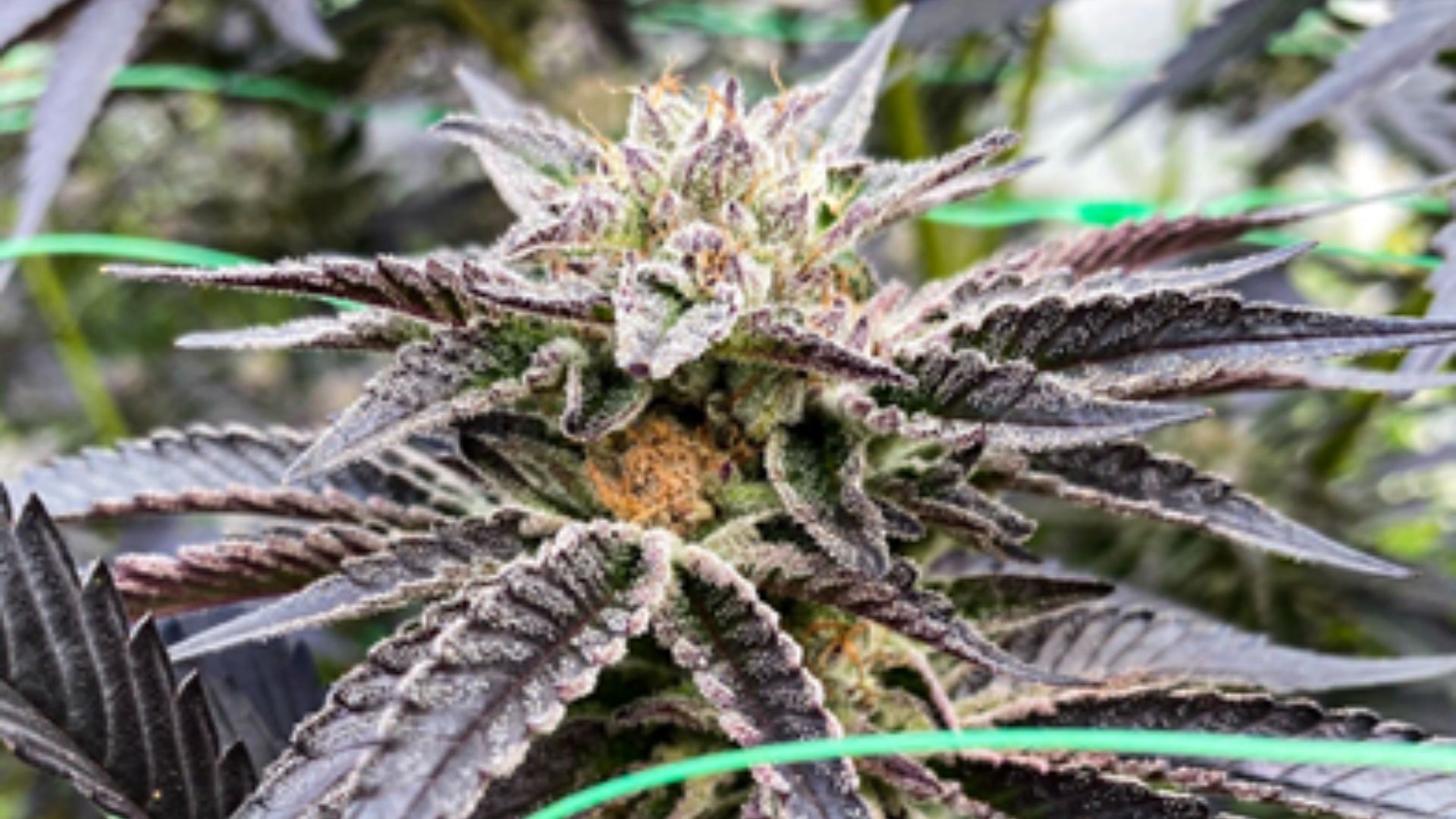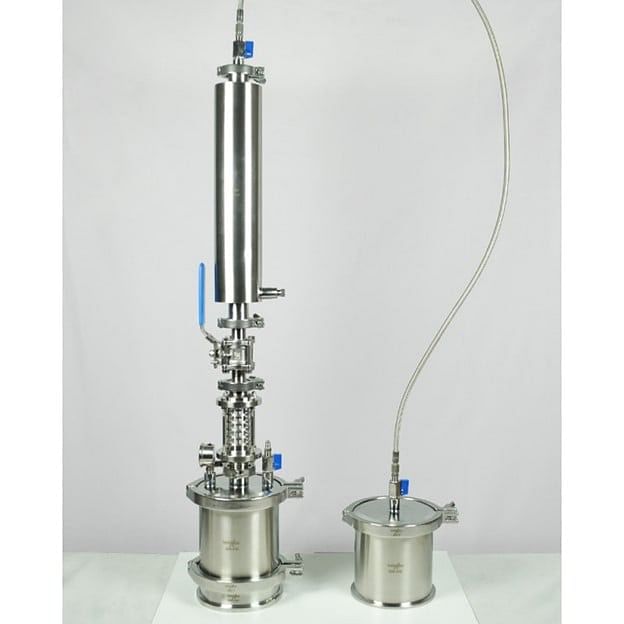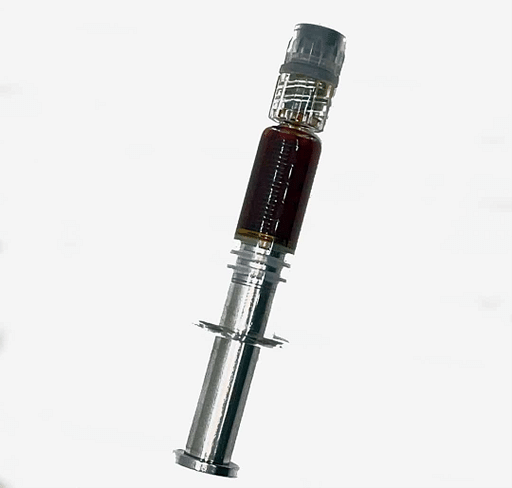
What To Do If You Find Mold After Harvest
Share
Finding mold on your freshly harvested crops can be incredibly disheartening, especially after months of hard work and nurturing. One of the most common forms of mold found on plants is bud rot, also known as Botrytis Cinerea.
Botrytis plays a crucial role in the ecosystem as a decomposer, breaking down organic matter into simpler substances that plants can reuse. Although ubiquitous and found almost everywhere, its appearance on your crops is unwelcome. However, don't let this bring you down; it happens to even the most seasoned growers. View it as an opportunity to learn and prepare better for your next cultivation cycle.
Botrytis is often identifiable by its greyish colour, usually found lurking in the centre of your flower buds. You've likely encountered Botrytis if you break apart a bud to smoke and notice a grey or dark fuzzy centre. This is the time to be vigilant and inspect your remaining harvest.

Carefully go through your flower and try to separate as much of the unaffected buds as possible, isolating the contaminated portions to prevent further spread. It's crucial to avoid smoking buds affected by mold, as inhaling mold spores can lead to various respiratory issues, including coughing, wheezing, and, in severe cases, infections. Moreover, mold also diminishes the quality and potency of your flower, so it's best to opt for remediation methods to salvage the unaffected portions.
Remediation Methods
Remediation methods are specialized techniques used to salvage crops affected by mold, such as Botrytis, by removing or neutralizing the mold spores while retaining as many beneficial compounds in the plant as possible. These methods range from sophisticated hydrocarbon or ethanol extractions to more straightforward approaches like cooking and making edibles.
The goal is to transform your moldy harvest into a safe and usable form, whether a concentrated oil, tincture, or edible product. By employing suitable remediation methods, you can rescue a significant portion of your hard-earned harvest, converting what might otherwise be a total loss into a valuable and consumable product.
Hydrocarbon Extraction
Hydrocarbon extraction is one of the most effective ways to remediate mold-infected crops. However, this method is generally only feasible for home growers with access to a specialized lab. Some medical states might have facilities that can perform this type of extraction for you.
The process involves using hydrocarbons like butane or heptane to extract the essential oils and cannabinoids from the plant, effectively leaving the mold and other contaminants behind.
Both open-blasting and closed-loop butane extraction methods use hydrocarbons as a solvent to extract cannabinoids and other compounds from cannabis. However, the two approaches differ significantly in their safety profiles, efficiency, and extract quality.
Open-Blasting Is Dangerous
Open blasting is a more straightforward but much riskier method. In this process, butane is forced through a glass tube packed with cannabis, and the resulting mixture of butane and cannabis oils is collected in an open container. The system is "open" because it's exposed to the air, and the butane is not recovered or recycled. This method poses significant safety risks and is highly illegal in most locations:
1. Flammability: Because the system is open, butane vapours can quickly accumulate, forming an explosive mixture with air.
2. Contaminants: There's a higher risk of environmental contaminants entering the extract.
3. Waste: Since the butane isn't recycled, it's less environmentally friendly.
Closed-Loop Extraction
Closed-loop extraction is a more advanced and safer technique. In this method, the entire system is sealed and airtight. The butane or heptane solvent circulates through the system, passing through the cannabis material, and is then recaptured in a recovery tank for reuse, making it a "closed" system.
1. Safety: The closed system minimizes the risk of butane escaping, thus reducing the risk of explosions or fires.
2. Quality: The closed environment reduces the risk of contaminants, often resulting in a purer end product.
3. Efficiency: This method is more efficient and environmentally friendly because the butane is recycled.
4. Regulatory Compliance: Closed-loop systems are often designed to meet safety and quality standards, making them more compliant with regulations.
Because of its safety, efficiency, and quality advantages, closed-loop extraction is the preferred method for commercial operations and is increasingly required by regulations in many jurisdictions.
In both open-blasting and closed-loop butane extraction methods, a crucial step following the initial extraction is the purging or "off-gassing" residual butane from the cannabis concentrate. This is an essential process to ensure that no residual solvents are left in the final product, as consuming even trace amounts of butane can be harmful.
The most common and effective way to off-gas butane from cannabis concentrates is to use a vacuum oven. The concentrate is spread thinly on a non-stick surface and placed inside the vacuum oven. The oven is then sealed, and a vacuum pump is activated to lower the internal pressure. At the same time, the oven applies low, controlled heat to the concentrate

By carefully controlling the temperature and the vacuum level, it's possible to remove virtually all residual butane from the concentrate. This process can take several hours to days, depending on the thickness of the concentrate and the specific conditions used. The result is a butane-free, high-quality cannabis concentrate that is safer for consumption.
Always remember these processes should be conducted in a controlled, professional environment to ensure safety and quality.
Ethanol Extraction At Home
If hydrocarbon extraction isn't an option, you can still perform ethanol extraction at home to salvage your crop. Ethanol efficiently extracts cannabinoids and can be evaporated to leave behind a concentrated oil.
Tinctures, Rick Simpson Oil (RSO), and distillates are all cannabis extracts but differ in their preparation methods, potency, and uses. Tinctures are generally alcohol-based extracts that are less concentrated and are often used for micro-dosing through a dropper under the tongue or in food and drinks. These extractions have higher concentrations of residual ethanol; to make a more concentrated extract using ethanol, you would want to make RSO.
Rick Simpson Oil (RSO) is a full-spectrum extract using ethanol extraction. It is often consumed or applied topically and is known for its potential therapeutic benefits, including its use in some alternative cancer treatment regimens. During this process, cannabis is washed with ethanol and then strained through cheesecloth, and the ethanol is slowly cooked off with a warming plate or rice cooker.

Distillates, however, are highly purified and concentrated forms of cannabis extract. They are produced through a process that includes distillation, resulting in a product that is exceptionally high in potency but lacks some of the full-spectrum benefits since many of the terpenes and other compounds are often lost during the distillation process.
Below is a simple recipe for RSO or tincture:
Ingredients:
- Mold-affected plant material
- Food-grade ethanol
- Rice Cooker
Steps:
1. Chop your plant material finely and place it in a glass jar.
2. Cover the plant material with cold ethanol (freeze for at least 1 hour before use).
3. Close the jar tightly and shake vigorously for a few minutes.
4. Place in the freezer for 45 minutes to several hours before cooking.
5. Strain the mixture through a cheesecloth into another glass jar, squeezing out as much liquid as possible.
6. For making RSO: Use a rice cooker or a similar appliance to evaporate the ethanol from the extract. Fill the cooker with water, ensuring the water level matches the level of the extract inside its jar. Continue heating until you're left with a thick, dark oil.
7. For making tincture: Skip the evaporation step and store the liquid in a dropper bottle for easy use.
Warning: Exercise utmost caution when heating ethanol, which is highly flammable. Ideally, the heating process should be conducted outdoors to ensure maximum safety. If that's impossible, you must perform this next to an open window or sliding door. Proper ventilation is non-negotiable in this process. Ensure sufficient airflow and use a fan to direct fumes away from your rice cooker and towards the open window or door, ensuring they are safely dispersed into the fresh air.
If making cannabis extracts like tinctures, RSO, or distillates seems too complicated or labour-intensive, don't worry—you have simpler options. Infusions are one of the most straightforward ways to remediate mouldy or subpar cannabis material.
Remediation Through Infusions And Edibles
Making edibles through infusions is as simple as decarboxylating your cannabis and then simmering it in your choice of fat, like butter or oil. Once the cannabis is infused into the fat, you can easily use it as a substitute in virtually any recipe that calls for butter or oil. It's a less technical and more straightforward route to enjoy the benefits of your harvest.

Botrytis is generally considered safe to consume and is often present in many types of food, even if we're unaware of it. Cooking effectively neutralizes the mold, making it safe to consume.
Did You Know?
Interestingly, some grape growers intentionally spray their dessert grapes with Botrytis to encourage a condition known as "noble rot," which dehydrates the grapes and concentrates the sugars, resulting in a sweeter final product.
What Is Decarboxylation?
Decarboxylation is a crucial step in preparing cannabis for edibles and infusions. The process involves heating the cannabis to a specific temperature for a certain period, usually around 220-245°F (105-118°C) for 30 to 45 minutes. This heat activates the cannabinoids, transforming them from their acidic forms (like THCA and CBDA) into their more potent, bioavailable forms (THC and CBD). If you skip decarboxylation, the cannabinoids in your cannabis will remain inactive, non-psychoactive forms, which means you won't experience the full range of effects when consumed. Decarboxylation ensures that you're getting the most out of your cannabis, allowing for a more effective and potent edible or infusion.
Conclusion
Finding mold on your crops is not the end of the world. While it's a setback, there are ways to remediate it and still make use of your hard work. Whether you opt for ethanol extraction or make edibles, the key is not to let the experience discourage you but instead use it as a learning opportunity for better cultivation practices in the future. If your crop was affected by mold, consider buying mold resistant strains like Chinonga from Atlas Seeds.

